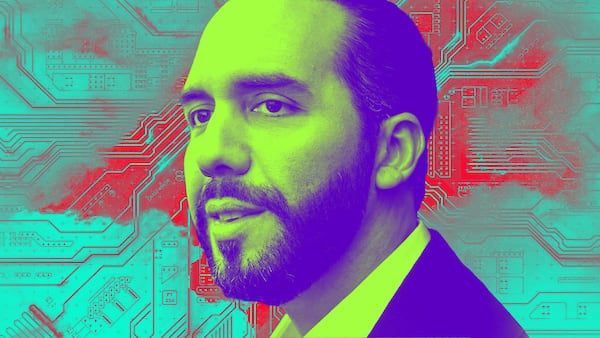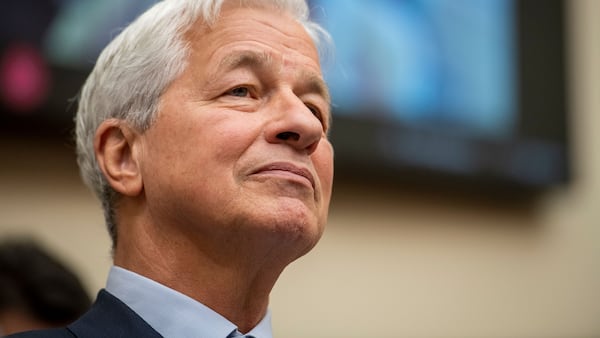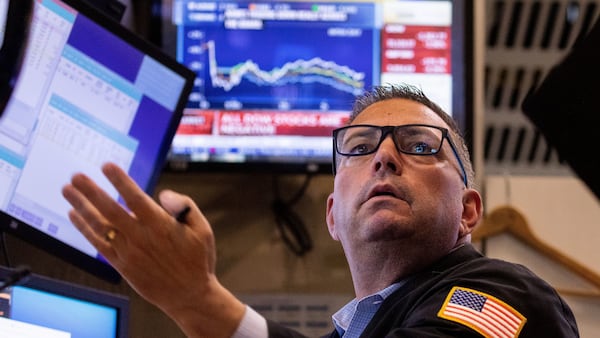- Spot Bitcoin ETFs have been heralded as a digital asset revolution, but risks and side effects have received less airtime.
- Demand for Bitcoin could lead to sourcing issues, while spot ETFs might kill one of crypto’s most popular trades, Coinbase researchers said.
The debate over creations and redemptions for spot Bitcoin exchange-traded funds is settled.
However, with just three weeks to go until the US Securities and Exchange Commission must respond to Ark Invest’s application for such a fund, many unknowns remain.
Coinbase analysts tried to answer some of them this week.
Catalysts
Investors’ focus is narrow when it comes to spot Bitcoin ETFs, with too much emphasis on initial flows without considering second order effects, Coinbase’s head of institutional research David Duong said in a market call on Tuesday.
Most people’s biggest concern is what flows look like on the first day of launch, Duong said. Most banks and analysts have speculated on this topic.
JPMorgan expects billions of dollars in outflows from Grayscale’s Bitcoin Trust, while Bitwise research said Bitcoin ETFs will be “the most successful launch of all time.”
Bitwise said spot Bitcoin ETFs total assets under management could reach $72 billion within five years.
Flows are important, Duong noted, as “we want to know that the demand is there, but we’re not thinking of the other side of the tail,” referring to potential unforeseen risks.
One of those dangers is sourcing. Bitcoin will need to be bought from regulated venues, but if the demand is too high, then issuers might have trouble purchasing the requisite Bitcoin, Duong said.
Not a lot of people are talking about this, but it’s a potential risk “we need to think about,” he said.
Spot Bitcoin ETF approval might also affect one of crypto’s most popular bets — the basis trade.
Basis refers to the difference between the cash price of Bitcoin versus its futures price on the CME, the futures exchange.
The basis can be positive or negative and has traded as high as 20% in recent weeks.
The basis trade seeks to take advantage of mispricings by simultaneously taking two positions — buying Bitcoin in the spot market and selling it in the futures market for example.
If spot prices rise as the futures contract reaches expiration, the trader will profit as the basis narrows.
With spot Bitcoin ETFs this trade might become less profitable, according Greg Sutton, a senior sales trader at Coinbase Institutional.
Bitcoin futures on the CME were typically the best, or even the only way, for traditional investors to gain exposure to Bitcoin.
If spot Bitcoin ETFs are approved to launch in 2024, this could bring down the basis, Sutton said.
The basis will likely tighten as investors will have more options to gain exposure, according to Sutton.
Bitcoin’s recent rally in the past few weeks has seen the basis trade between 15% to 20%, he said, this could be a thing of the past.
The firms who have applied to launch a spot Bitcoin ETF include BlackRock, Fidelity, Bitwise and Grayscale.
While none of those applications have been approved yet, all are angling to scoop up users once and if the SEC approves them, which is likely to happen in batches to avoid one of them getting a first-mover advantage, according to Bloomberg Intelligence ETF experts Eric Balchunas and James Seyffart.
This week, Bitwise launched an advert that seemed to be for a Bitcoin ETF.
Crypto market movers
- Bitcoin slipped 0.9% to trade around $42,750.
- Ethereum reached $2,200, down 1.4% since Tuesday.
What we’re reading
- You’re getting points for Christmas — DL News
- Do Kwon’s extradition to be reheard after Montenegro court finds ‘significant violation’ of procedures — DL News
- Michael Saylor: Bitcoin ETF Is The Biggest Wall Street Development In 30 Years — Milk Road
- 40+ Countries Pursued Crypto Rules In 2023, But There’s A Catch — Milk Road
- Why Swan CEO Cory Klippsten Is Still Convinced That Bitcoin Is Headed to $1 Million — Unchained
Adam Morgan McCarthy is DL News’ London-based Markets Correspondent. Got a tip? Reach out at adam@dlnews.com.









